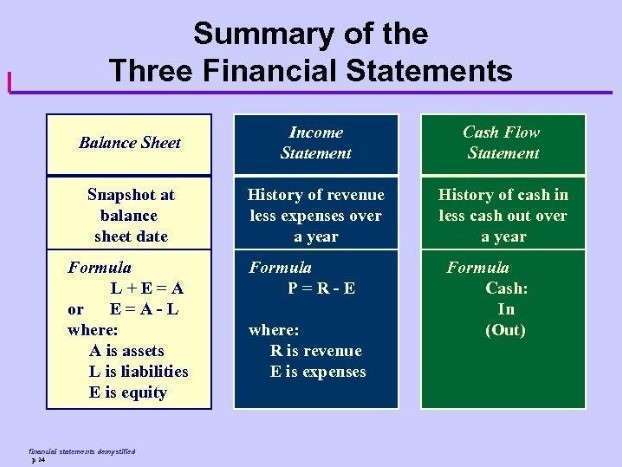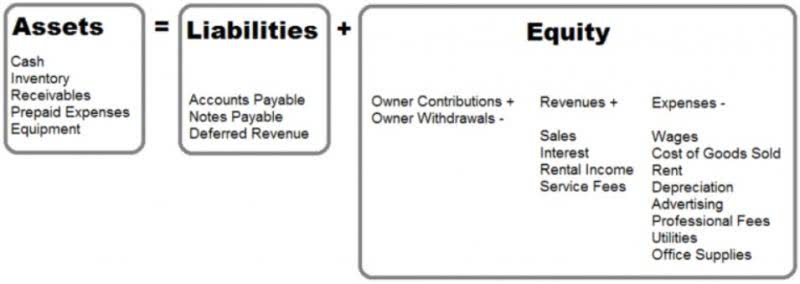Exempt organization types Internal Revenue Service

These IRS tax-exempt organizations include many hospitals, universities, national charities, and foundations. Donations typically come from individuals, corporations, private foundations, and other nonprofit organizations. As mentioned, “not-for-profit” isn’t an official legal term and may be better understood as an exempt organization that falls under the IRS’s “other nonprofits” section. These are most commonly social welfare organizations, civic leagues, social clubs, labor organizations, veterans’ clubs and business leagues.
Are schools 501(c) ( organizations?
For examples of provisions that meet these requirements, see Charity – Required Provisions for Organizing Documents. Like federal law, most states allow for deductibility for state income tax purposes. Also, many states allow 501(c)(3) organizations to be recording transactions exempt from property taxes and sales tax on purchases.
Charitability of Climate-Related Activities
But they have improved the turnaround enough that recent filings have received final determinations within three to four months. Therefore, if you’ve depended on public support for your organization, 501c3 determination from the IRS became extremely important. Organizations who had not been affected up until this point, suddenly found that not having that IRS determination denied them access to public funds they had been accustomed to receiving. While nonprofits can pay salaries to employees and directors, they cannot issue dividends or other similar profit-sharing distributions.
- Organizations must apply to the IRS, provide detailed information, and meet requirements regarding their mission and activities.
- The IRS may also require 501c6 organizations to report that donations and fees are not tax-deductible to the public and pay a proxy tax in connection with these fees.
- 501(c) is a subsection of the United States Internal Revenue Code (IRC) that confers tax-exempt status on nonprofit organizations.
- 501(c)(3) and 501(c)(6) organizations have several differences, but there are a few similarities.
- The total book value of assets held by charitable organizations in 2004 was $2.5 trillion, an increase of over 222 percent of the amount held in 1985.
Qualifications for exemption

Whether you decide to start a nonprofit, NFPO, or for-profit, the initial steps to creating your organization are the same. Start by filing for a Outsource Invoicing business entity in the state in which you wish to run your operations. Depending on your intended status, your business entity might be a corporation, LLC, sole proprietorship, or partnership.
By receiving funds from individuals, corporations, and governments, nonprofits undertake programs and strategies for the public good. Nonprofit organizations are typically tax-exempt entities that operate to better the community. Nonprofits often rely on individual donors who contribute money, goods, or services to support their mission. Donors can give one-time or recurring donations, and they may give through various channels, including via online platforms, direct mail, or events. Some not-for-profit organizations use only volunteer labor, but many large and medium-size non-profits employ a full-time staff. Despite having special tax advantages in other respects, nonprofits typically must pay employment taxes and abide by state and federal workplace rules.
- This does not mean that they can’t make a profit, but all profits must be reinvested into the organization.
- Additionally, if a 501(c)(3) organization’s mission changes over time, it must inform the IRS of the change to keep its 501(c)(3) status.
- In contrast to a 501(c)(3) nonprofit, a 501(c)(4) can engage in some political activities.
- To qualify as a 501(c)(3) under this purpose, the nonprofit should have as a primary activity testing finished products, ingredients, or other components specifically for the safe use by the general public.
- Not-for-profits, while not an official legal term, typically fall under what the IRS calls other nonprofits.
- As a nonprofit professional she has specialized in fundraising, marketing, event planning, volunteer management, and board development.
It’s everything you need to go from nonprofit startup to standout—with less stress and more clarity. For smaller, more straightforward nonprofits, the Form 1023-EZ offers a streamlined, online application that significantly reduces paperwork and 5013c processing time. However, not all nonprofits qualify for the EZ form, so it’s essential to check your eligibility using the IRS’s screening tool.

Many people need clarification on the differences between 501(c)(3), 501(c)(4), and 501(c)(6) organizations. 501(c)(3) nonprofits can advocate and lobby for their causes within reason. Let’s talk about a hypothetical example of an Individual who wants to set up a charitable organization.
Restriction of political campaign intervention by Section 501(c)( tax-exempt organizations

The organization may be controlled by its members who elect the board of directors, board of governors, or board of trustees. A nonprofit may have a delegate structure to allow for the representation of groups or corporations as members. Alternatively, it may be a non-membership organization and the board of directors may elect its own successors.
Provisions Unique to 501(c)( Organizations
- She’s well-versed in the intricacies of LLC formation, business taxes, business loans, registered agents, business licenses and more.
- There are several restrictions, including those on supporting campaigns and political parties.
- They operate around a central vision, such as addressing a social issue, promoting education or the arts, or providing healthcare to underserved populations.
- 501(c)(3) organizations can perform some lobbying activities if they are directly related to the charity’s mission.
- In future articles, we will take some of these and go into much greater depth.
These organizations operate under a legal framework designed to uphold accountability, transparency, and alignment with their stated purpose. Despite these differences, NFPOs are similar to nonprofit organizations in that they may qualify for tax-exempt status under various sections of the IRS’s 501(c) tax code. For NFPOs, this typically includes 501(c)(6) for business leagues and 501(c)(7) for social and recreational clubs.